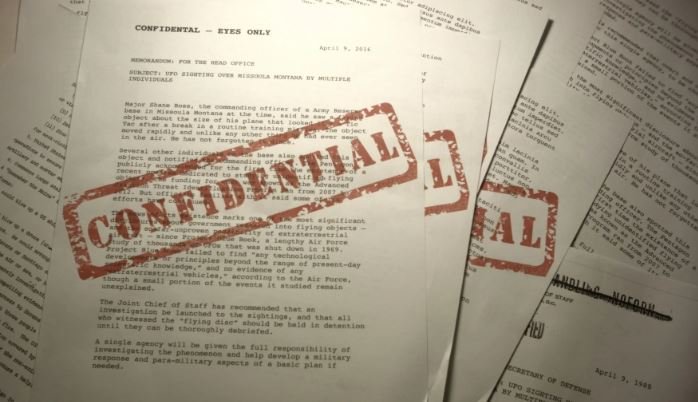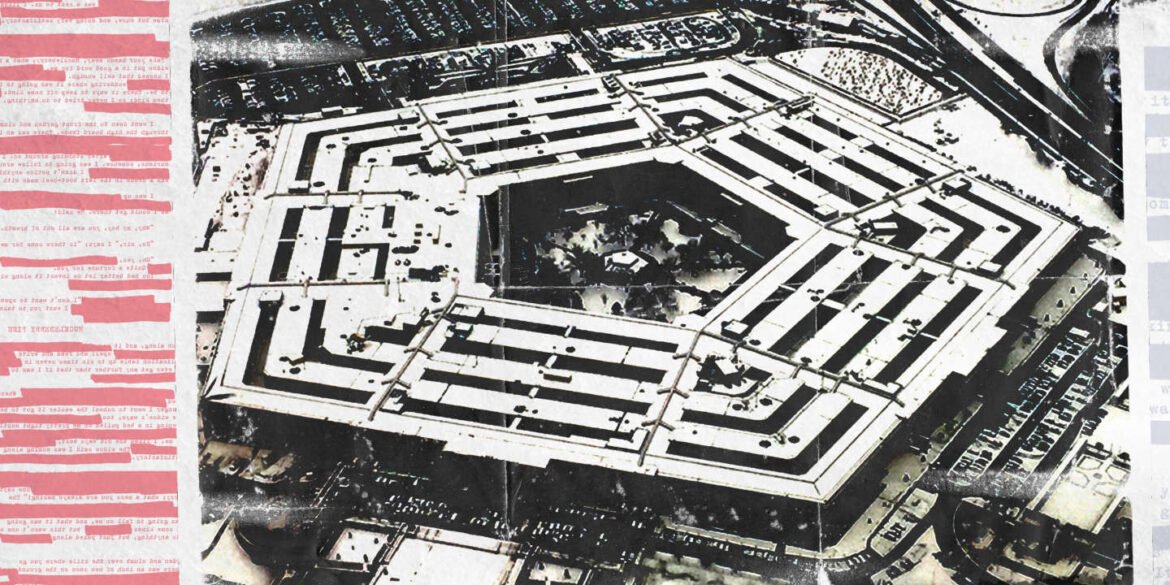A set of highly classified Pentagon documents that leaked online in recent weeks in what appears to be a major security breach reveal American intelligence gathering on its key partners, adversaries, and competitors, as well as assess Ukrainian war readiness, Egypt’s and the United Kingdom’s involvement in the conflict, and other disclosures.
A shocking release of classified documents from the Pentagon appears to be one of the most significant breaches of U.S. intelligence in decades. It is believed to have exposed national security secrets pertaining to Ukraine, Russia, Asia, and the Middle East, as well as information about U.S. espionage techniques and the nation’s spying on adversaries and allies.
In addition, a handful of the documents, which provide only a snapshot of US intelligence gathering, reveal some of the intelligence defense officials are gathering about China, the nation that Washington has designated the “most serious long-term challenge to the international order.”
The Pentagon has confirmed that the leak is authentic. Even though the documents have been online for more than a month, U.S. officials didn’t know this until April 6, when the New York Times wrote about the leaked papers.
How the documents were leaked?
Since some of the photographed documents were marked for U.S. eyes only, it is likely that they were at one point in the possession of a U.S. official, based on reports. Hundreds, if not thousands, of Americans have the required level of security clearance to access these documents.
In early March, the documents appeared on Discord servers, which are group chat channels for specific interests like video games. The leaker posted messages that appeared to be transcriptions of classified US government documents. The Discord chatroom, or “server,” vanished from the internet after the news of the leaks emerged a week ago. Afterwards, some of the documents were uploaded by Discord users to an invitation-only server.
Markings on the documents indicate that some were authorized for sharing with allies while others were restricted to U.S. eyes only, indicating that they originated in the United States. Shockingly, many of the documents appear to have been created for Mark Milley, chairman of the Joint Chiefs of Staff, despite the fact that any individual with a high enough security clearance could have had access to them.
A day later, some of these documents were presumably re-shared on a different server, roughly a month before they began appearing on Telegram and Twitter, where they attracted significantly more attention.

Key revelations of the leaked documents
Analysts who spoke with the Times indicate that at least 100 documents may have been compromised. Other news outlets have covered the contents of fifty pages. The surfaced files are photographs of briefing documents and slides that were primarily prepared in February and March using intelligence gathered by the NSA, CIA, Defense Intelligence Agency, DEA, and National Reconnaissance Office (which oversees U.S. spy satellites).
U.S. intelligence’s espionage efforts
Among other secrets, they seem to show where the CIA has found human agents who can listen in on the private conversations of world leaders. Additionally, they appear to indicate that a Russian mercenary group tried to get weapons from a NATO ally to use against Ukraine and show what kind of satellite imagery the US uses to track Russian forces, including an advanced technology that has rarely, if ever, been known to the public.
Ukraine counteroffensive
In February, US intelligence provided a pessimistic assessment of the prospects for Ukraine’s anticipated spring counteroffensive, citing inadequate troop numbers and equipment deliveries. Only modest advances on the battlefield were anticipated.
Deep penetration of most Russian security and intelligence services
According to the New York Times and the Washington Post, the documents reveal that the United States has acquired access to the majority of Russia’s security and intelligence services as well as the highest levels of Russian military command. The United States has intercepted communications within Russia’s defense ministry, gained insight into the internal planning of Russia’s military-intelligence agency, GRU, and obtained actionable intelligence on Russia’s military capabilities and war plans in Ukraine, much of which was likely shared with Kiev.
Volodymyr Zelenskiy and the use of drones
The Ukrainian president reportedly urged his military commander, General Valerii Zaluzhnyi, to use armed drones to attack Russian military targets in the Rostov region, on Russian territory, due to a lack of missiles with the range to reach Russia’s rear lines.
Egyptian arms to Russia
One of the documents, according to the Washington Post, indicates that Egyptian President Abdel Fattah el-Sisi ordered the clandestine shipment of 40,000 missiles to Russia. The White House stated that no armaments were sent.
Western special forces in Ukraine
A document indicates that the United Kingdom deployed as many as 50 special forces to Ukraine between February and March of this year, comprising more than half of the western special forces’ personnel in the country at the time. The quantity is significantly greater than that of the United States and France, which reportedly deployed 14 and 15 special forces, respectively.
It is unknown what activities the special forces may have engaged in or whether their personnel levels have been maintained.
Mossad’s role in Israeli protests
Israel’s Mossad intelligence agency encouraged its officers to participate in protests against the Israeli government’s plans to weaken the independence of the judiciary, according to a document designated top secret from a CIA intelligence update on 1 March. The Israeli government denied any involvement by the Mossad in the demonstrations.
Chinese interests in Nicaragua
US intelligence reported that since the middle of last year, Nicaragua has been negotiating with a Chinese company to conduct surveys for a deep-water port at Bluefields on Nicaragua’s Caribbean coast, potentially diversifying its defense relationships away from reliance on Russia.
Hungary and the US
In one of the documents, the Hungarian prime minister, Viktor Orbán, describes the United States as one of his party’s top three adversaries. In February, the deliberation took place at a Fidesz parliamentary group meeting. A pro-government source in Budapest told the Guardian that Orbán did not explicitly name the United States, but rather the Biden administration.
Pentagon’s response to the breach and its consequences
The Pentagon reportedly imposed a stringent restriction on access to U.S. intelligence after learning of the leaks and launching an investigation into the matter. Politico reports that Pentagon officials were greatly distressed by the breach, adding that “experts said the disclosure could be even more damaging than the leak by Edward Snowden ten years ago, particularly because the information is so recent.”
The disclosure of highly classified US documents poses a “very serious” threat to national security, according to the Pentagon’s chief spokesman.
In addition, the documents contain numerous assessments based on U.S. signals intelligence (the espionage term for intercepted communications) that targeted both allies and adversaries. Along with to the diplomatic repercussions, this may cause allies to strengthen their defenses against U.S. surveillance. And as Politico national security reporter Erin Banco notes, “the leak of such highly classified intelligence raises serious questions about whether the U.S. can be trusted to share and disseminate the intel within the government in a safe and secure way.”


